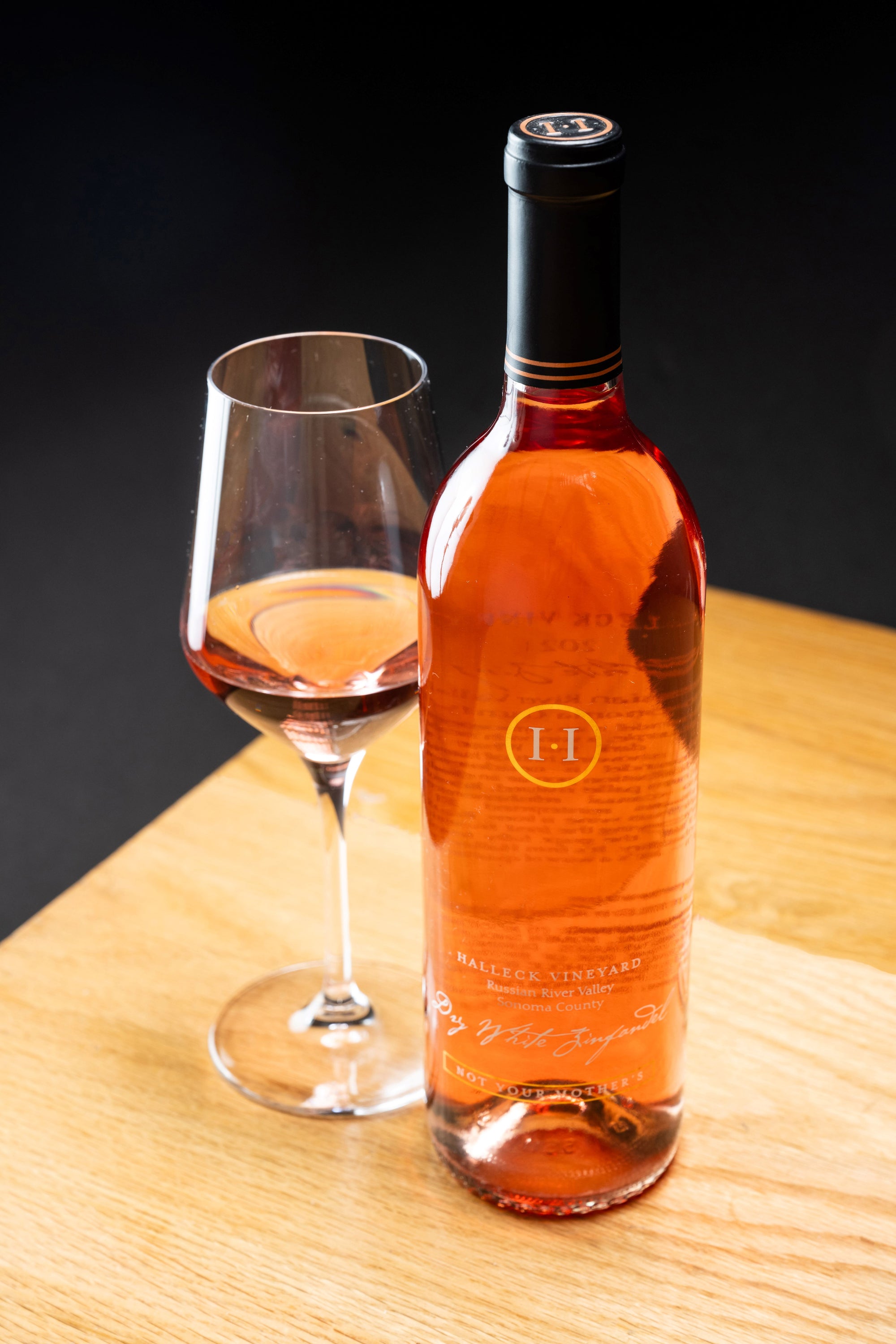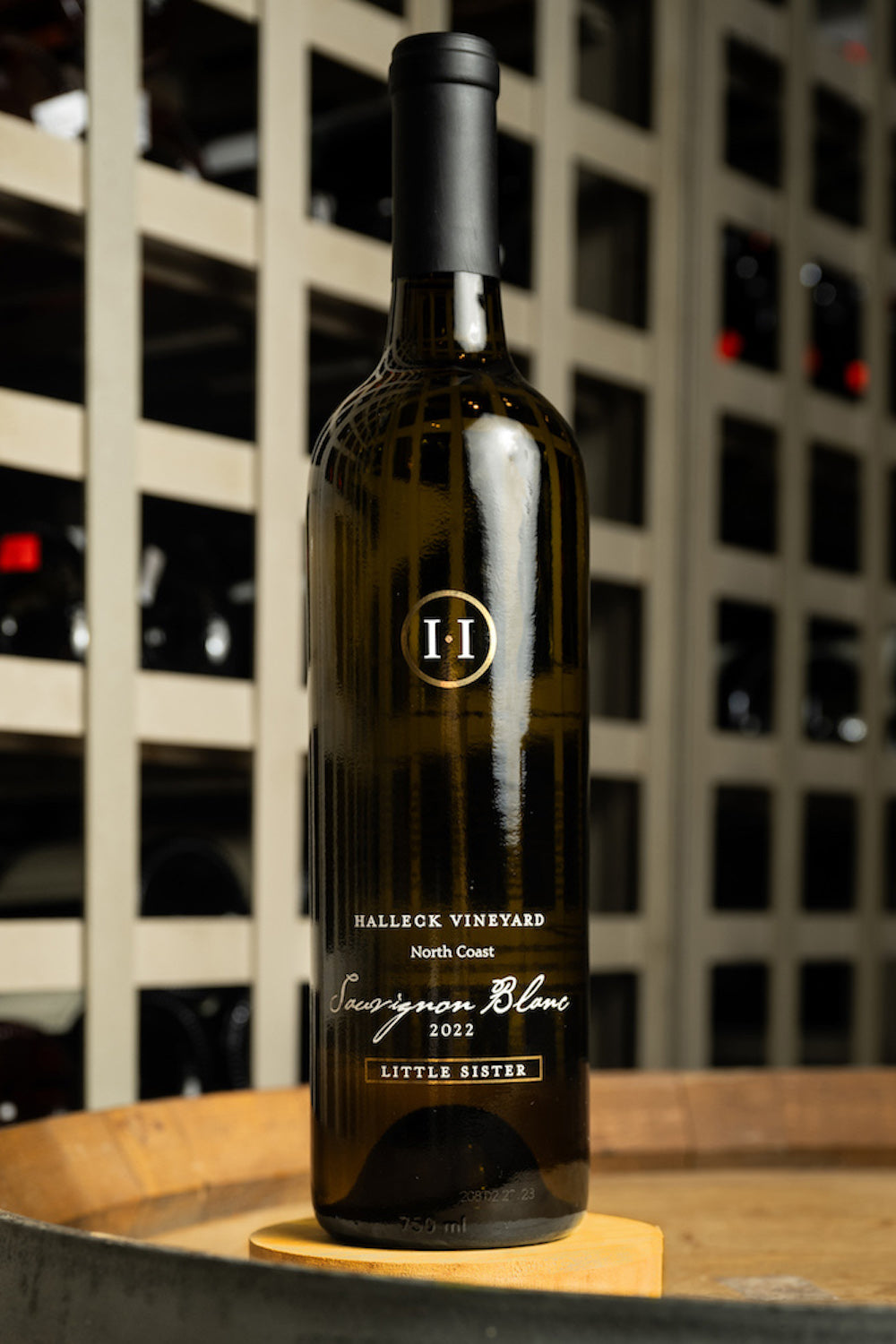Sample the Finest Wines from Sonoma 95407
Sample the Finest Wines from Sonoma 95407
Blog Article
Wine Trails Through Sebastopol : The Best Routes for Tasting
Understanding the nuanced vocabulary associated with winery wine tasting is important for each novices and seasoned connoisseurs alike. Each term brings to life the experience of tasting wine and may improve one’s appreciation of the numerous intricacies concerned. Wine tasting is extra than simply ingesting; it's an art that includes numerous senses and feelings.
To start with, the term "nostril" refers to the aromas one detects when smelling the wine. This is an important step as a outcome of the bouquet units the stage for the tasting experience. Notes of fruit, spice, earth, and wooden could mingle, offering a glimpse of what the palate might affirm. Understanding "nosing" the wine can dramatically elevate one's sensory journey.
Another key aspect is the term "body." The body of the wine describes its weight and fullness on the palate. A full-bodied wine has a robust presence and tends to linger longer after swallowing. Conversely, light-bodied wines may really feel extra delicate and refreshing. Recognizing the physique helps tasters assess the wine's construction and stability.
Unforgettable Wine Tasting Experiences in Russian River
The idea of "tannins" is important in red wine tasting. Tannins are compounds derived from grape skins, seeds, and stems, contributing to a wine's texture and growing older potential. Excessive tannin wines usually result in a dry mouthfeel, while decrease tannin levels yield a smoother experience. This distinction is particularly essential when pairing wines with food, as tannins can both complement or conflict with certain dishes.
In addition to tannins, "acidity" plays a big position within the wine tasting experience. Acidity gives wine its crispness and liveliness - Join Wine Experiences Around Sonoma County. Wines with higher acidity are typically refreshing and energizing, making them excellent companions for quite lots of foods. Recognizing acidity can drastically improve one’s food-pairing capabilities and general tasting enjoyment.
When delving into the flavor profile of a wine, one might encounter the term "end." The finish refers to the aftertaste that lingers in the mouth after swallowing. A lengthy finish is commonly associated with high-quality wines, because it signifies complexity and depth. A brief end may recommend a simpler wine. Understanding tips on how to evaluate the end can reveal much a few wine's character.
Exploring the "vintage" can be integral to wine tasting terminology. The vintage denotes the year during which the grapes were harvested. Totally Different years can yield vastly completely different results as a end result of variations in local weather conditions. For instance, a sizzling summer can produce extra concentrated flavors, whereas a cooler year might yield extra delicate, nuanced wines. Understanding vintage allows for a deeper appreciation of a wine’s origin and potential.
Attend Gourmet Experiences in Sonoma County 95409
The term "terroir" encompasses the geographical and environmental factors that contribute to a wine's unique character. Factors such as soil type, climate, elevation, and topography all play a job in the flavor and high quality of the wine. This connection to put helps one perceive why wines from totally different areas can style so distinctively different, even when made from the same grape selection (Enjoy Inspiring Wine Tastings in Russian River Valley).
When partaking with wines, the phrase "leg" refers back to the droplets that type on the inside of the glass after swirling. These droplets can point out the wine's alcohol content and viscosity. While observing the legs may not directly relate to the wine’s taste, it adds to the overall experience and intrigue of wine tasting much less transparent.
Experience Sustainable Wine Practices in Sonoma County 95407
A extra particular term that will come up during tastings is "oak." The influence of oak barrels on wine can impart flavors similar to vanilla, toast, or spice. The diploma of oak growing older can differ broadly amongst wines, affecting each aroma and style. Understanding oak therapy supplies insights into the winemaker’s selections and the ensuing complexity of the wine.
In wine tasting, one may also hear the term "palate." The palate refers to the total style experience within the mouth. This encompasses sweetness, bitterness, acidity, and physique. A well-balanced palate is important for a harmonious tasting experience, and recognizing any imbalances helps assess the standard of the wine.
The experience of wine tasting is significantly enriched by understanding the terminology that accompanies it. Each term serves a function, enhancing the power to convey ideas and feelings about the wine one's experiencing. This vocabulary bridges communication between tasters, sommeliers, and winemakers alike.

To absolutely take pleasure in wine tasting, it's important to have interaction all senses. The sight of the wine, its shade, and readability can provide insight into its age and quality. Swirling the wine releases aromas that heighten the olfactory experience, whereas the precise tasting allows for a complete evaluation of the wine's profile.
Organic Wine Tasting Experiences in Sebastopol 95407
In conclusion, understanding the detailed rationalization of winery wine tasting terminology tremendously enhances the experience of tasting. Every term invites the taster to engage more deeply with the wine, encouraging connections to the senses, the winemakers, and the lands where the grapes are grown. This nuanced vocabulary creates a richer, extra fulfilling wine tasting experience.
- Aroma refers back to the scents released by the wine, which can indicate its grape variety and influence the tasting experience.
- Tannins are natural compounds found in grape skins, seeds, and stems, contributing to the wine's structure and growing older potential.
- A finish, or aftertaste, is the lingering flavor sensation that is still on the palate after swallowing, typically a key indicator of high quality.
- Physique describes the load and fullness of wine in the mouth, usually categorized as light, medium, or full-bodied.
- Terroir denotes the unique environmental characteristics of a vineyard that affect the style and high quality of the wine, together with soil kind and local weather.
- Acidity is a important part that contributes to a wine's freshness and stability, impacting its growing older capability and overall flavor profile.
- Vintage indicates the 12 months grapes were harvested and performs a major position in determining the wine's traits, reflecting specific climatic conditions.
- Decanting entails pouring wine from its bottle into one other vessel, allowing it to aerate and enhancing its flavors and aromas.
- A corked wine may be tainted by a faulty cork, leading to musty or off-putting flavors that detract from the wine's meant profile.
- The term “legs” refers again to the droplets that cling to the inside of a glass after swirling, often associated with the wine's alcohol content material and viscosity.undefinedWhat is the which means of "nostril" in wine tasting?undefinedThe "nose" refers back to the aroma profile of the wine, which is detected by way of the sense of scent. It's an essential aspect of wine tasting, as aromas can reveal so much in regards to the grape variety, winemaking course of, and growing older.
How ought to I correctly taste wine?undefinedTo style wine effectively, observe these steps: observe the colour, swirl the wine to aerate it, take a mild sniff to capture the aromas, sip and let it coat your palate, and finally, note the end. This strategy helps in appreciating the wine’s complexity.
What are "tannins" and how do they affect wine?undefinedTannins are pure compounds found in grape skins, seeds, and stems that contribute to a wine's structure and astringency. They can create a drying sensation within the mouth, and so they also play a role in the wine's growing older potential.
A Look Inside Vineyard Tours in California
What does the term "steadiness" mean in wine tasting?undefinedSteadiness refers to the harmony between the totally click here to find out more different parts of a wine, similar to acidity, sweetness, alcohol, tannin, and flavor depth. A well-balanced wine may have every of these parts supporting one another quite than overpowering the others.
What is the importance of "terroir" in wine tasting?undefinedTerroir encompasses the environmental factors—such as soil, local weather, and geography—that affect the characteristics of the wine produced in a selected region. Understanding terroir helps tasters respect the distinctive qualities that completely different regions impart to their wines.
What does "vintage" imply and why is it important?undefined"Vintage" indicates the yr when the grapes had been harvested. It is crucial as a outcome of it affects the wine’s quality and traits, as weather conditions through the rising season can significantly affect flavor profiles and aromatics.
What are "legs" and what do they signify?undefined"Legs" discuss with the droplets that form and run down the inside of a glass after swirling wine. Whereas they can indicate alcohol content and viscosity, they don't decide quality—this is more about personal perception of richness.
Discover the Stunning Wineries of Sonoma County 95403

What does "full-bodied" imply versus "light-bodied"?undefined"Full-bodied" wines are rich, dense, and infrequently have greater alcohol content material and sophisticated flavor profiles, whereas "light-bodied" wines are more delicate and refreshing with a decrease alcohol content. This distinction helps tasters perceive the expected weight and mouthfeel of click the wine.
How can I establish fruit flavors in wine?undefinedTo determine fruit flavors, contemplate the aroma and taste profiles. Swirl the wine, inhale deeply to seize the bouquet, and concentrate on particular characteristics. Familiarity with typical fruit profiles of assorted grape varieties can enhance this identification course of.
What is "finish" in wine tasting?undefinedThe "finish" refers again to the aftertaste that lingers in the mouth after swallowing. A lengthy, complex end is commonly a sign of high quality in a wine, as it reflects the depth of flavor and total craftsmanship in the winemaking course of. Report this page